Nordic Naturals realises that many individuals are extremely sensitive to even trace amounts of certain ingredients, and that these may exceed FDA-compliant allergen labeling. If this is the case, and your allergen is not addressed specifically in the ingredients listed below the supplement facts panel, contact our customer service team and we can discuss the specific product of interest and try to address your ingredient concerns individually.
Common Allergen Ingredient Information
Fish
Although fish proteins should be effectively removed during processing, it is certainly possible for fish oils to have small traces of protein. The fish gelatin that is used in our fish gelatin soft gel products is derived from fish protein, and could be allergenic. This is referenced in the product ingredients. We recommend consulting with your healthcare professional before using a fish oil product if you are allergic to fish.
Soy and Soy Tocopherols
Soy proteins should be effectively removed in processing tocopherols derived from soybean. However, it is certainly possible for soy raw materials to have small traces of protein, below detectable testing limits. We recommend consulting with your healthcare professional before using a product derived from soy if you have concerns. Please contact our customer service department to inquire if a specific product you are interested in has a soy based ingredient. Please note that all of our fish oil products use tocopherols derived from sunflower oil.
Rosemary
Anyone who is concerned about rosemary extract, which is used as a natural oil stabiliser and is present in minute amounts, can take our Prenatal fish oil products, as these products offer the same high-quality fish oil, but only use vitamin E as a stabiliser.
Lanolin
The raw material used to produce vitamin D3 is separated from the lanolin, which has been separated from the wool fat. There are several purification steps between the raw material and the pure vitamin D3 (cholecalciferol). Because of this, a person who is allergic to lanolin topically is not likely to be allergic when ingesting vitamin D3. We have a Vegan D3 liquid derived from lichen as a suggested alternative, but we always recommended that people with allergies confer with their healthcare professional before beginning a supplement regimen.
Gluten-Free
Most of our products are gluten-free. If any products are manufactured with ingredients containing gluten this is disclosed on the product label.
Flavours
Strawberry
Our natural strawberry flavouring is NOT derived from strawberry or any other berry fruit, but rather from a combination of natural ingredients, which create an aroma perceived as strawberry flavour.
Lemon
Our natural lemon flavouring is derived from lemon in combination with other natural ingredients, which create an aroma perceived as lemon flavour. Some people do have sensitivities to lemon flavouring. If lemon sensitivity is a concern this flavour should be avoided.
Alternatives
The best choice for highly sensitive people would be to take our unflavored products.
Other Ingredient Concerns
Non-GMO
We are very aware of the concerns around the use of ingredients from non-GMO sources. We verify and test that all our products are free of GMO’s and indicate this with a non-GMO verified badge on the front of each bottle.
Gelatin Source
If you see gelatin referenced on our label and the source is not listed, it is sourced from bovine. In the event that another source of gelatin is used then it is included in the ingredients listing on that specific product.
Carrageenan
The carrageenan we use in our vegetarian gelatin is highly purified, non-degraded, and pharmaceutical food-grade quality. Carrageenan is derived from seaweed and is the substitute for the collagen found in animal gelatin. It is needed—in tandem with cornstarch—to form a shelf-stable soft gel that ensures we are protecting the oil from exposure to oxygen and, therefore, from going rancid. Over the years, various alternatives have been researched and tested. The combination of carrageenan and cornstarch has been found to build the best consumer experience. While there have been various studies on carrageenan, many examine the degraded form (versus our non-degraded form), which does not meet our rigorous standards.
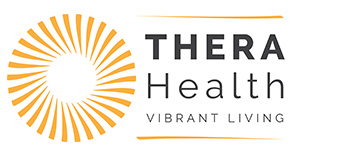








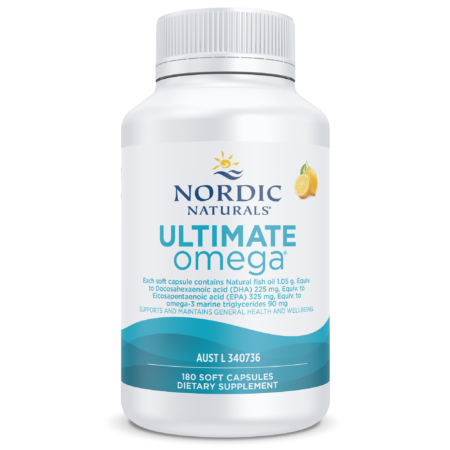
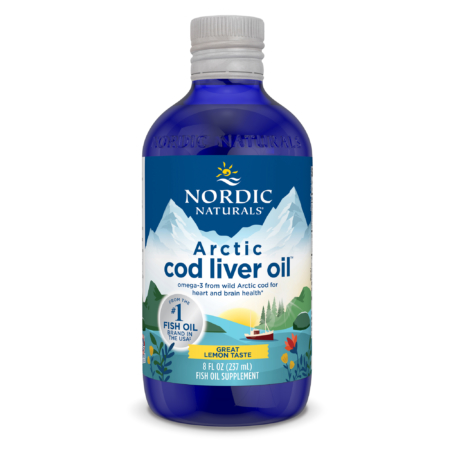
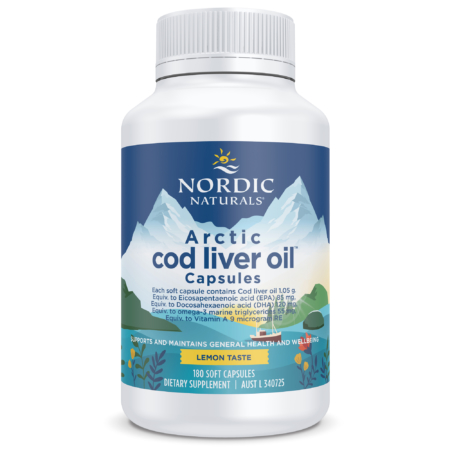
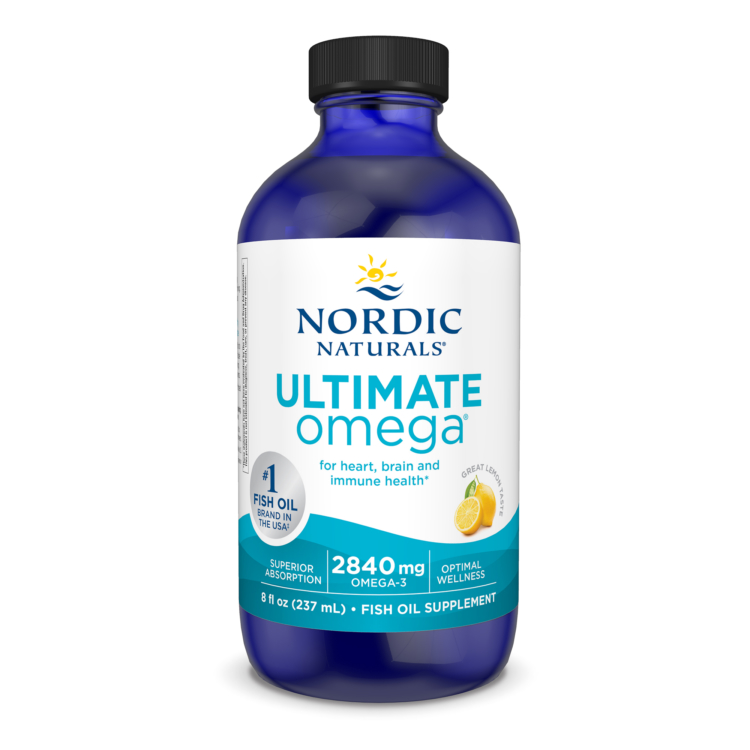
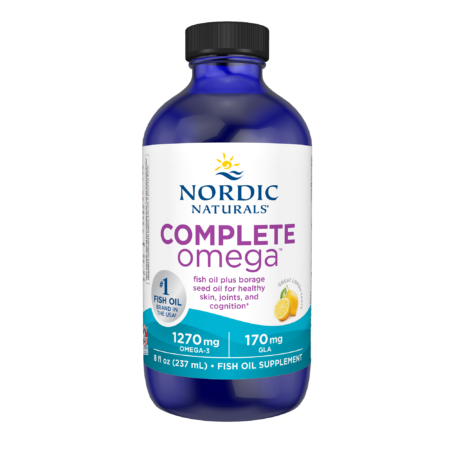
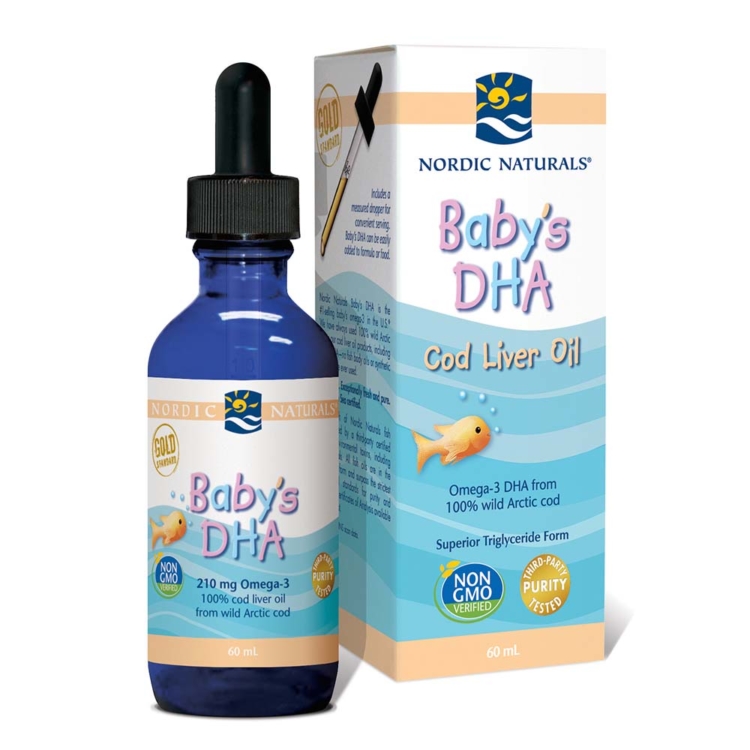
 A Deep Dive into Arctic Cod Liver Oil
A Deep Dive into Arctic Cod Liver Oil